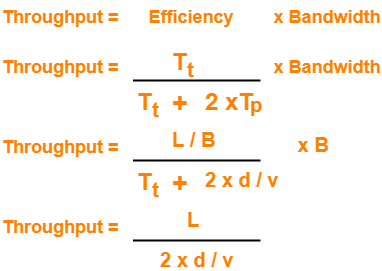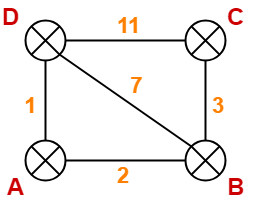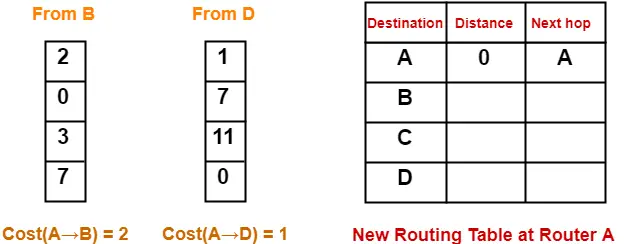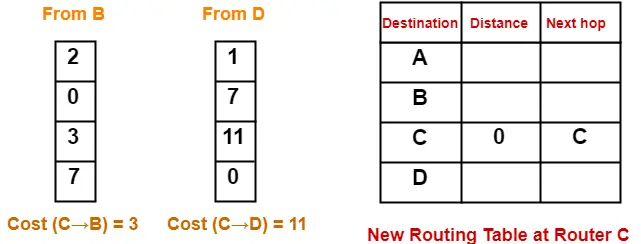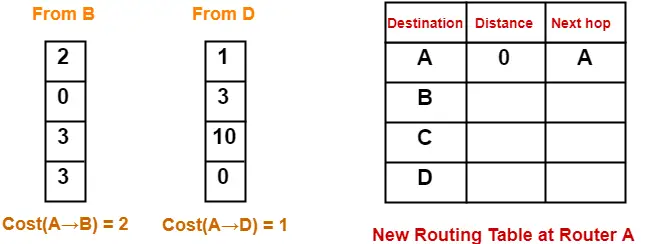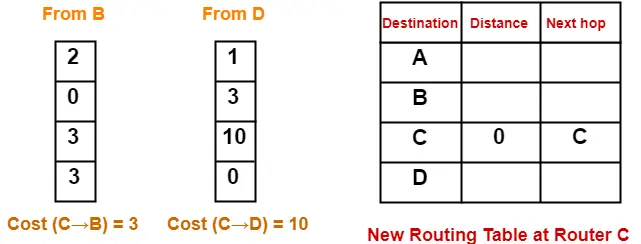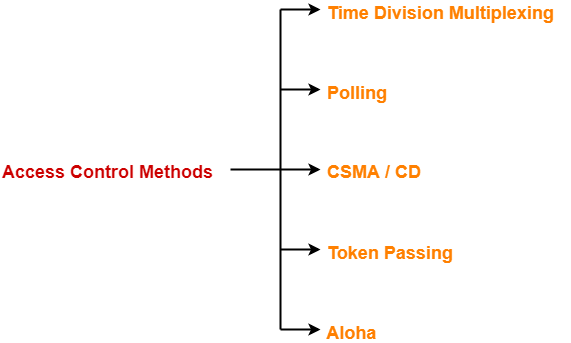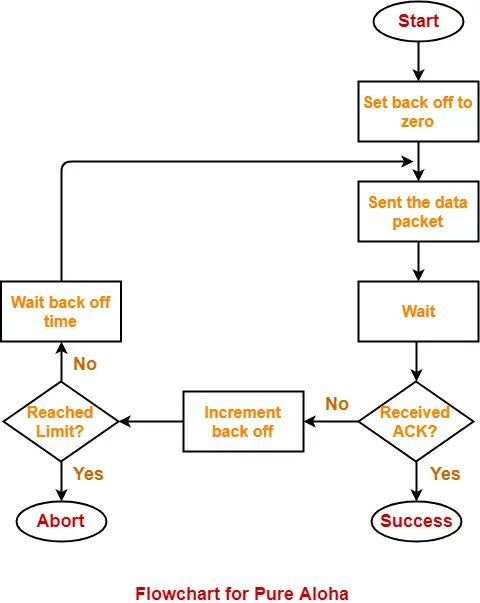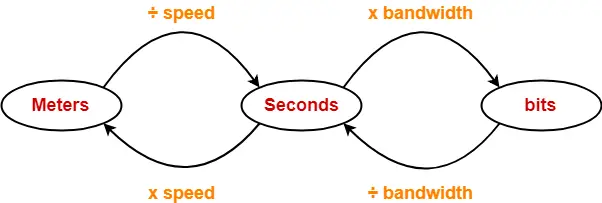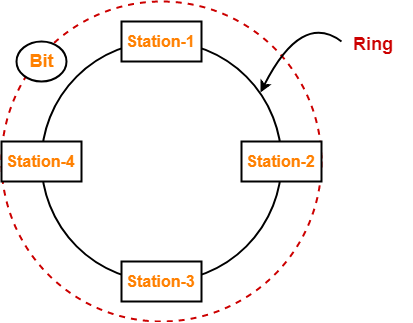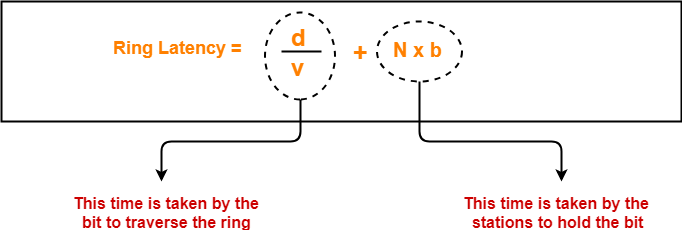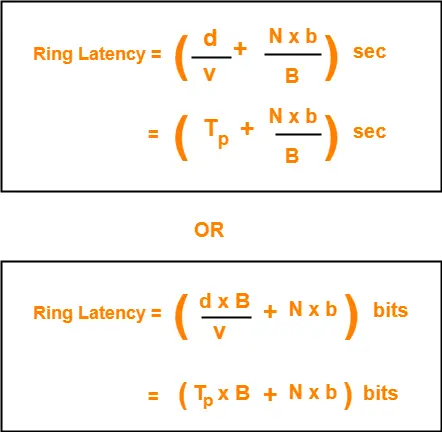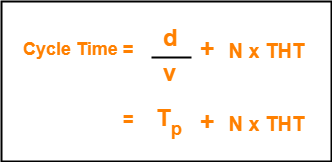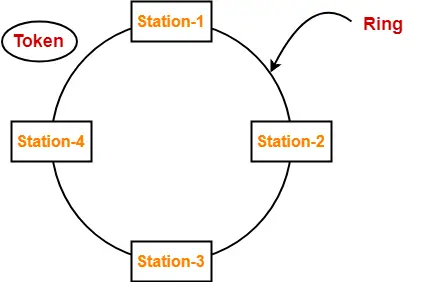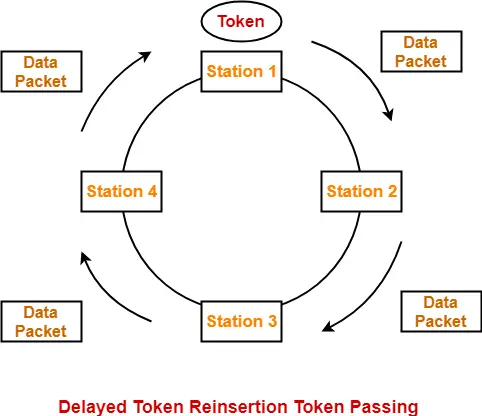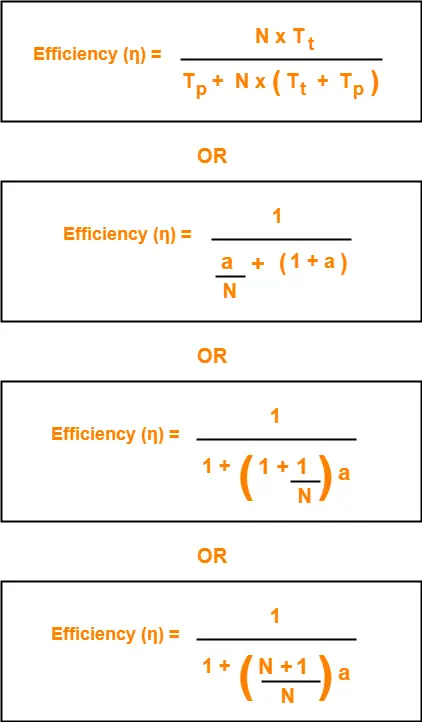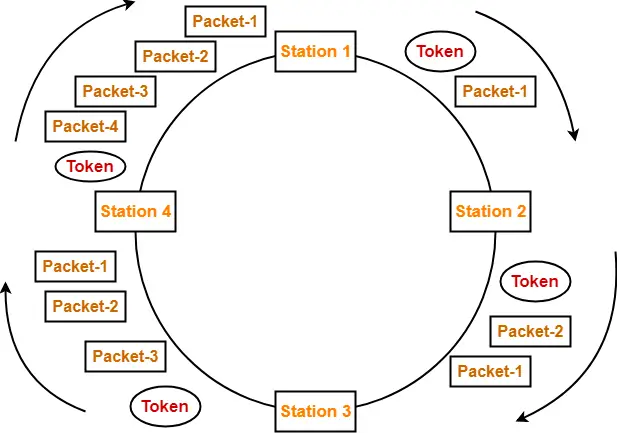Flow Control Protocols-
In computer networking, there are various flow control protocols-
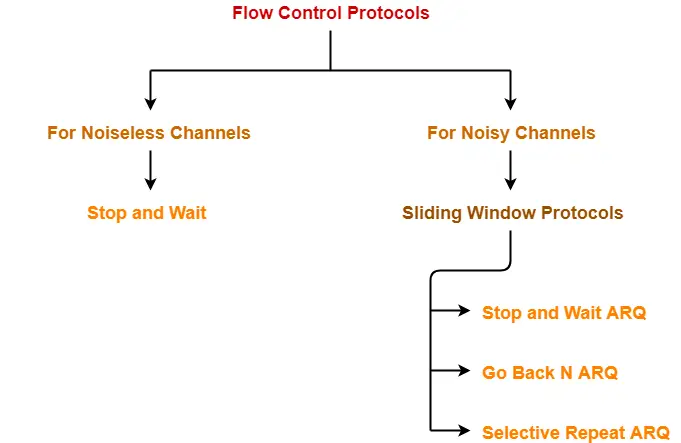
In this article, we will discuss about sliding window protocol.
Sliding Window Protocol-
- Sliding window protocol is a flow control protocol.
- It allows the sender to send multiple frames before needing the acknowledgements.
- Sender slides its window on receiving the acknowledgements for the sent frames.
- This allows the sender to send more frames.
- It is called so because it involves sliding of sender’s window.
| Maximum number of frames that sender can send without acknowledgement
= Sender window size |
Optimal Window Size-
| In a sliding window protocol, optimal sender window size = 1 + 2a |
Derivation-
We know,

To get 100% efficiency, we must have-
η = 1
Tt / (Tt + 2Tp) = 1
Tt = Tt + 2Tp
Thus,
- To get 100% efficiency, transmission time must be Tt + 2Tp instead of Tt.
- This means sender must send the frames in waiting time too.
- Now, let us find the maximum number of frames that can be sent in time Tt + 2Tp.
We have-
- In time Tt, sender sends one frame.
- Thus, In time Tt + 2Tp, sender can send (Tt + 2Tp) / Tt frames i.e. 1+2a frames.
Thus, to achieve 100% efficiency, window size of the sender must be 1+2a.
Required Sequence Numbers-
- Each sending frame has to be given a unique sequence number.
- Maximum number of frames that can be sent in a window = 1+2a.
- So, minimum number of sequence numbers required = 1+2a.
| To have 1+2a sequence numbers,
Minimum number of bits required in sequence number field = ⌈log2(1+2a)⌉ |
NOTE-
- When minimum number of bits is asked, we take the ceil.
- When maximum number of bits is asked, we take the floor.
Choosing a Window Size-
The size of the sender’s window is bounded by-
1. Receiver’s Ability-
- Receiver’s ability to process the data bounds the sender window size.
- If receiver can not process the data fast, sender has to slow down and not transmit the frames too fast.
2. Sequence Number Field-
- Number of bits available in the sequence number field also bounds the sender window size.
- If sequence number field contains n bits, then 2n sequence numbers are possible.
- Thus, maximum number of frames that can be sent in one window = 2n.
| For n bits in sequence number field, Sender Window Size = min (1+2a , 2n) |
Implementations of Sliding Window Protocol-
The two well known implementations of sliding window protocol are-

Efficiency-
Efficiency of any flow control protocol may be expressed as-
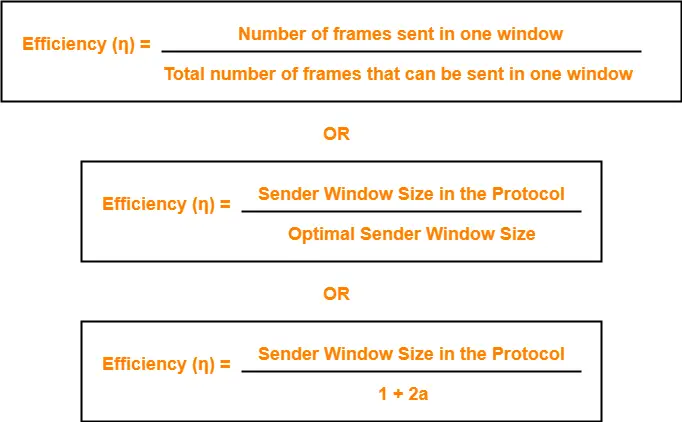
Example-
In Stop and Wait ARQ, sender window size = 1.
Thus,
Efficiency of Stop and Wait ARQ = 1 / 1+2a
PRACTICE PROBLEMS BASED ON SLIDING WINDOW PROTOCOL-
Problem-01:
If transmission delay and propagation delay in a sliding window protocol are 1 msec and 49.5 msec respectively, then-
- What should be the sender window size to get the maximum efficiency?
- What is the minimum number of bits required in the sequence number field?
- If only 6 bits are reserved for sequence numbers, then what will be the efficiency?
Solution-
Given-
- Transmission delay = 1 msec
- Propagation delay = 49.5 msec
Part-01:
To get the maximum efficiency, sender window size
= 1 + 2a
= 1 + 2 x (Tp / Tt)
= 1 + 2 x (49.5 msec / 1 msec)
= 1 + 2 x 49.5
= 100
Thus,
For maximum efficiency, sender window size = 100
Part-02:
Minimum number of bits required in the sequence number field
= ⌈log2(1+2a)⌉
= ⌈log2(100)⌉
= ⌈6.8⌉
= 7
Thus,
Minimum number of bits required in the sequence number field = 7
Part-03:
If only 6 bits are reserved in the sequence number field, then-
Maximum sequence numbers possible = 26 = 64
Now,
Efficiency
= Sender window size in the protocol / Optimal sender window size
= 64 / 100
= 0.64
= 64%
Problem-02:
If transmission delay and propagation delay in a sliding window protocol are 1 msec and 99.5 msec respectively, then-
- What should be the sender window size to get the maximum efficiency?
- What is the minimum number of bits required in the sequence number field?
- If only 7 bits are reserved for sequence numbers, then what will be the efficiency?
Solution-
Given-
- Transmission delay = 1 msec
- Propagation delay = 99.5 msec
Part-01:
To get the maximum efficiency, sender window size
= 1 + 2a
= 1 + 2 x (Tp / Tt)
= 1 + 2 x (99.5 msec / 1 msec)
= 1 + 2 x 99.5
= 200
Thus,
For maximum efficiency, sender window size = 200
Part-02:
Minimum number of bits required in the sequence number field
= ⌈log2(1+2a)⌉
= ⌈log2(200)⌉
= ⌈7.64⌉
= 8
Thus,
Minimum number of bits required in the sequence number field = 8
Part-03:
If only 6 bits are reserved in the sequence number field, then-
Maximum sequence numbers possible = 27 = 128
Now,
Efficiency
= Sender window size in the protocol / Optimal sender window size
= 128 / 200
= 0.64
= 64%
To gain better understanding about sliding window protocol,
Next Article- Practice Problems On Sliding Window Protocol
Get more notes and other study material of Computer Networks.
Watch video lectures by visiting our YouTube channel LearnVidFun.
